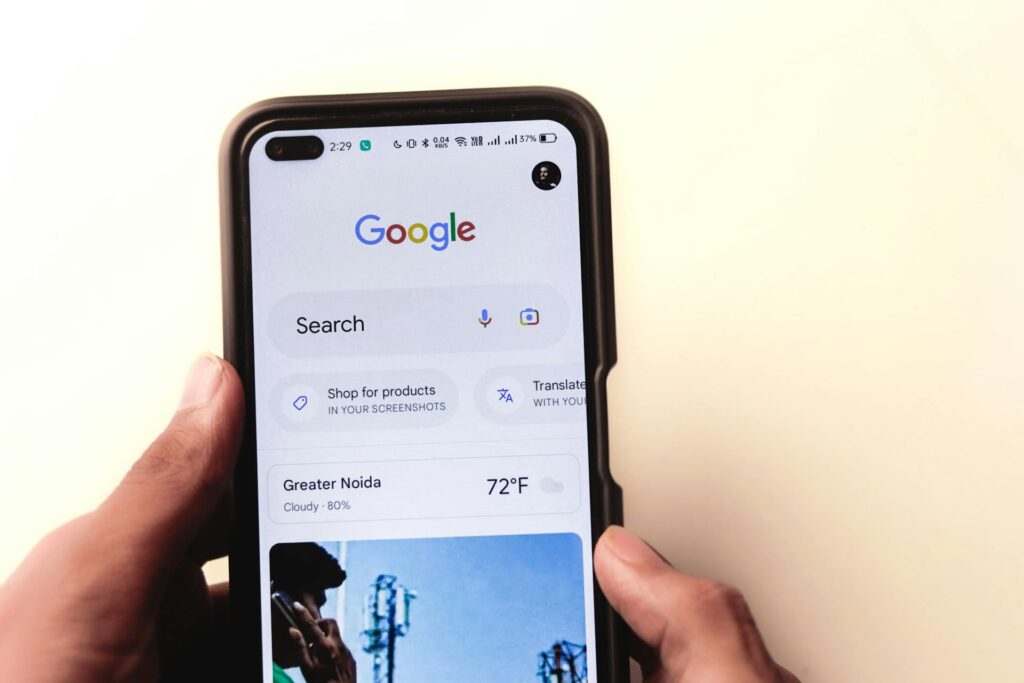Hello innovators and game-changers!
As we transition from July into August, now is the perfect time to explore how artificial intelligence (AI) is reshaping industries, revolutionizing customer service, streamlining operations, and elevating digital visibility through AI Engine Optimization (AIEO); a rising star you’ll want to keep on your radar.
From retail to healthcare, from education to manufacturing, AI is your silent superhero, working behind the scenes to make everything smoother, smarter, and more strategic. Fasten your capes and let’s dive into how you can leverage AI to propel your business into the future.
1. Supercharged Customer Support with AI
Customer expectations are higher than ever. AI helps businesses meet and exceed those expectations through automation, personalization, and 24/7 availability.
A. AI in Retail: The Always-On Assistant
In the bustling world of retail, AI-powered chatbots handle common questions anytime, anywhere. Think of them as tireless assistants who work around the clock without caffeine or complaints! They respond instantly, leaving your human team free to focus on more meaningful customer interactions (or figuring out who’s responsible for stealing the last breakroom donut).
B. Healthcare Heroics: Patient-Centric Support
In healthcare, every second counts. AI can streamline appointment scheduling, respond to patient inquiries, and route urgent cases efficiently. This lets your staff focus more on care and less on coordination, no waitlists or voicemail loops!
C. AI for Finance: The Compliance Companion
In financial services, AI shines by automating tasks like document processing, transaction monitoring, and compliance checks. That means fewer manual headaches and more time for building meaningful, trust-based client relationships.
D. Universal Benefits:
- Faster response times
- 24/7 availability
- Better customer experiences through personalization
2. Optimizing Operations Across Industries
Whether you’re running a nationwide warehouse or a small business storefront, AI can boost efficiency across your operations.
A. Manufacturing: Predict the Unpredictable
AI monitors machines in real time to predict potential failures and reduce downtime. It’s like having an all-knowing mechanical whisperer that alerts you before something breaks.
B. Supply Chain Management: Forecast Like a Pro
By analysing trends and historical data, AI helps businesses manage inventory smarter preventing overstock, stock-outs, and wasted resources. Fewer surprises, more satisfied customers.
C. AI in Education: Personalized Learning
In education, AI customizes content based on each student’s needs and behavior, acting like a digital tutor. Teachers get more time to focus on creativity and engagement, while students get tailored support.
D. Workflow Automation & Insight
From automating expense reports to analysing sales data, AI frees up your team for higher-value tasks and gives you real-time insights to lead with confidence. Think of it as having your own crystal ball, sparkly but powered by data.
3. Discover AIEO (AI Engine Optimization): The New SEO
You’ve heard of SEO, but get ready for its smarter cousin: AIEO (AI Engine Optimization). As search evolves, websites must optimize for AI systems, not just search engines. Here’s how to stay ahead:
A. Create High-Quality, AI-Friendly Content
AI values content that’s relevant, consistent, and clear. Just like SEO, AIEO rewards well-written blogs, optimized product descriptions, and helpful info your audience actually wants to read. Forget keyword stuffing, think value and clarity.
B. Use Structured Data & Schema Mark up
Structured data helps AI understand the sections of your website, the same way helpful labels keep your pantry organized. Implementing schema makes your site easier to read for both humans and machines.
C. Cite Your Sources
AI engines now prioritize verifiable, credible sources. Including references and links to quality data positions your brand as a trusted authority. That means increased visibility, better rankings, and more AI systems linking back to you.
Final Thoughts
Whether you’re transforming your customer support with smart chatbots, streamlining operations with predictive AI tools, or building a website ready for the AI-driven future, one thing is clear: AI isn’t here to replace the human touch, it’s here to enhance it.
And as AI reshapes the digital landscape, AI Engine Optimization (AIEO) is becoming essential to ensure your business is part of the conversation, literally.
Ready to Get Started?
Feeling overwhelmed by AI lingo or unsure how to implement these tools? No stress, we’ve got you covered!
The team at Hodessy LLC is here to help you confidently integrate AI into your business, from automation strategy to AI-ready content.
Need help with implementation?
Not sure where to start with AIEO?
Want to boost efficiency with AI-powered tools?
Contact us today, and let’s build a smarter, more efficient future together. Bonus points if we can all have a good laugh along the way!




